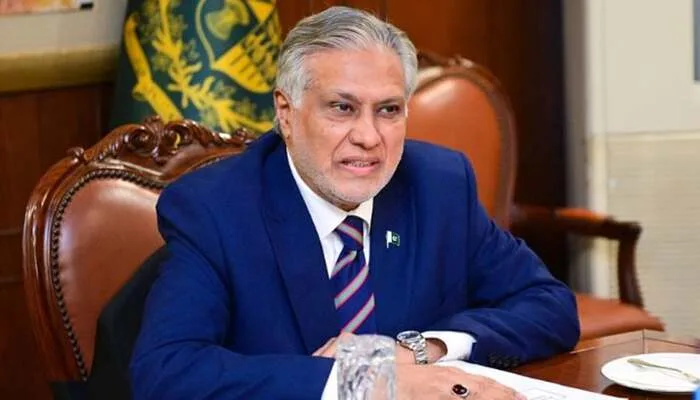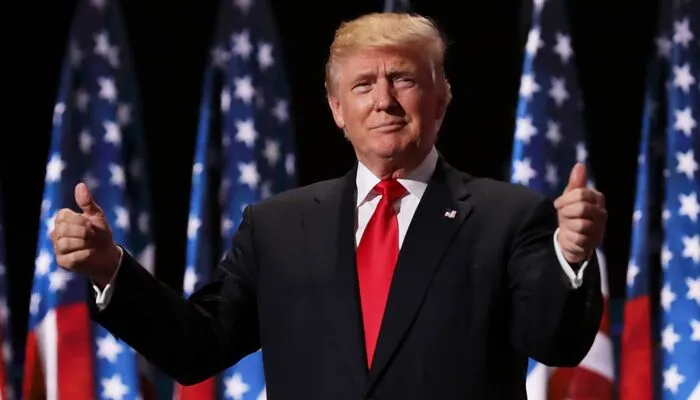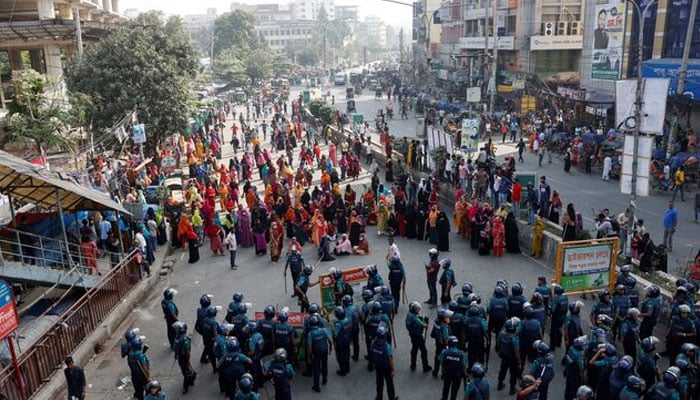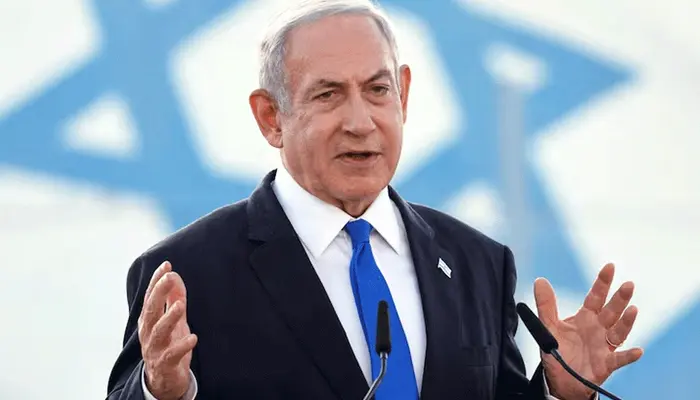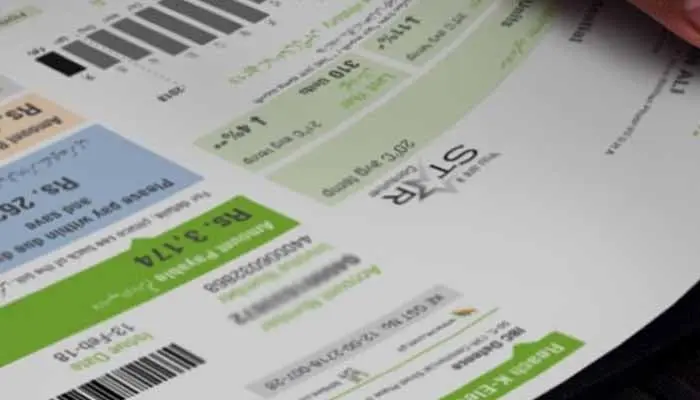
ISLAMABAD: The federal government has formally requested the National Electric Power Regulatory Authority (Nepra) to implement a uniform electricity tariff across Pakistan, covering both state-run Discos and K-Electric’s service areas, starting July 1, 2025.
According to a motion filed by the Power Division, the proposed tariff equalisation will be achieved by incorporating subsidies, surcharges, and inter-disco tariff rationalisation mechanisms. The objective is not to increase revenue for the government but to ensure a consistent power rate nationwide, in line with Section 31(4) of the NEPRA Act.
The motion follows Nepra’s earlier announcement on June 23, 2025, which set a reduced national average tariff of Rs34 per unit for the fiscal year 2025–26, down from Rs35.50 per unit in FY2024–25.
Nepra is set to hold a public hearing on July 1 to discuss the government’s request for tariff uniformity, including its application to K-Electric (KE) — the private utility serving Karachi.
KE Tariff to Be Adjusted with Subsidies and Surcharges
The Power Division clarified that the move to unify tariffs also extends to K-Electric, ensuring KE’s rates align with the uniform national tariff structure through a combination of direct subsidies and cross-subsidies.
To recover KE’s revenue requirements, Nepra has determined a modified uniform variable charge, consistent with the federal government’s subsidy model and policy framework. Once approved, this rate will reflect economic realities and the government’s broader social policies.
The motion also notes that the uniform consumer-end tariff applies even post-privatisation, meaning KE will remain part of the national pricing framework regardless of ownership status.
For implementation, the federal government has asked Nepra to issue a revised tariff schedule for both Discos and KE, effective July 1, 2025, by amending the relevant statutory orders.
Subsidy Allocations Cut Across Power Sector
In a related development, the government has also reduced power sector subsidies by 13% — from Rs1.190 trillion in FY2024–25 to Rs1.036 trillion in FY2025–26.
The Inter-Disco Tariff Differential Subsidy has been trimmed by nearly 10%, now standing at Rs249.136 billion. The government also slashed:
-
Balochistan agri tubewell subsidy to Rs4 billion (from Rs9.5 billion)
-
Merged districts of KP (erstwhile FATA) to Rs40 billion (down from Rs65 billion)
-
AJK subsidy to Rs74 billion (from Rs108 billion)
Meanwhile, allocations for the Pakistan Energy Resolving Fund (PERA) remain unchanged at Rs48 billion, which continues to finance monthly payments to Chinese IPPs under CPEC agreements.
KE’s subsidy has also seen a steep 28% reduction, from Rs174 billion in FY2024–25 to Rs125 billion for FY2025–26. Interestingly, the subsidy for agriculture tubewells in Balochistan under KE has been increased from Rs500 million to Rs1 billion.
Read: Chittagong Port Shuts Down as Customs Strike Hits Bangladesh Trade
Legal Basis and Policy Justification Cited in Motion
In its motion, the Power Division invoked Sections 7 and 31 of the NEPRA Act and Rule 17 of the Rules, stating that the move to enforce a uniform national tariff is both constitutional and policy-driven.
The government emphasized that tariff rationalisation is intended to achieve consistency, not raise federal revenue. The motion has been submitted for Cabinet approval on June 28, 2025, but is being simultaneously sent to Nepra in anticipation of approval to avoid procedural delays.
The motion also includes a request for tariff rationalisation for KE in particular, under Section 31(7), to reflect its revenue needs based on targeted subsidy and economic policy.
If approved, the revised rates will be notified via amendment to SRO No. 575(1)/2019, ensuring full legal and regulatory compliance.
In summary, the government’s push for tariff uniformity signals a policy shift toward centralized electricity pricing, aimed at balancing regional disparities while navigating subsidy cuts and regulatory constraints. The outcome of Nepra’s upcoming hearing will determine whether the proposed changes can be implemented by the July 1 deadline.
Follow us on Instagram, YouTube, Facebook,, X and TikTok for latest updates









